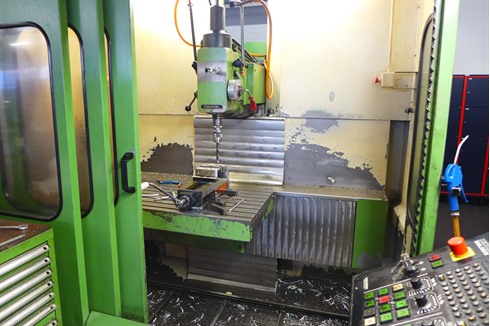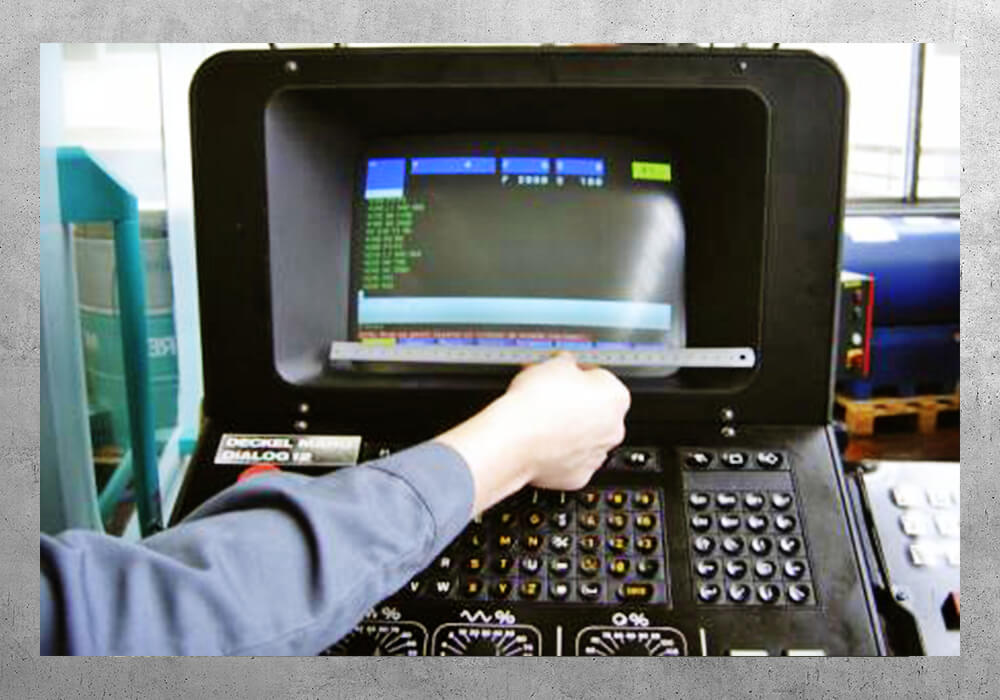
- Deckel Dialog 11 Manual English Version
- Deckel Dialog 11 Manual English Pdf
- Deckel Dialog 11 Manual English Download

Deckel Dialog 11 Manual English Version

Deckel Dialog 11 Manual English Pdf

Deckel Dialog 11 Manual English Download

- 11.1Scope and organization
- 11.2Unicode
- 11.3Non-English words and phrases in an English context
- 11.4Non-English proper nouns in an English context
- 11.5Translations of terms from other languages
- 11.6Capitalization of titles from other languages
- 11.7Punctuation of titles from other languages
- 11.8Italic versus roman type for titles from other languages
- 11.9Non-English titles with English translation
- 11.10Original-language title of work versus translation
- 11.11Typographic style of quotations from other languages
- 11.12Translations relative to quotations
- 11.13Source of quotation plus translation
- 11.14Crediting the translation of a quoted passage
- 11.15Adjusting translated quotations
- 11.16Editing translated quotations
- 11.17The sin of retranslation
- 11.18Capitalization—English versus other languages
- 11.19Punctuation—original language versus English context
- 11.20Word division for languages other than English
- 11.21Special characters in the Latin alphabet
- 11.22International Phonetic Alphabet (IPA)
- 11.23African capitalization and punctuation
- 11.24African special characters
- 11.25French—additional resources
- 11.26French capitalization
- 11.27Titles of French works
- 11.28Spacing with French punctuation
- 11.29French use of guillemets
- 11.30Quotation marks in French
- 11.31French dialogue
- 11.32French ellipses
- 11.33French word division—vowels
- 11.34French word division—consonants
- 11.35French words containing apostrophes
- 11.36French words best left undivided
- 11.37French accents and ligatures
- 11.38The new German orthography
- 11.39German capitalization
- 11.40German apostrophes
- 11.41German quotation marks
- 11.42German word division—vowels
- 11.43German word division—consonants
- 11.44German word division—compounds
- 11.45German special characters
- 11.46Italian capitalization
- 11.47Italian quotations and dialogue
- 11.48Italian apostrophes
- 11.49Italian ellipses
- 11.50Italian word division—vowels
- 11.51Italian word division—consonants
- 11.52Italian word division—words containing apostrophes
- 11.53Italian special characters
- 11.54Latin capitalization—titles of works
- 11.55Latin word division—syllables
- 11.56Latin word division—single consonants
- 11.57Latin word division—multiple consonants
- 11.58Latin word division—compounds
- 11.59Latin special characters
- 11.60Spanish—additional resources
- 11.61Spanish capitalization
- 11.62Spanish question marks and exclamation points
- 11.63Spanish guillemets and quotation marks
- 11.64Spanish dialogue
- 11.65Spanish ellipses
- 11.66Spanish word division—vowels
- 11.67Spanish word division—consonants
- 11.68Dividing Spanish compounds
- 11.69Spanish special characters
- 11.70Special considerations for other languages using the Latin alphabet
- 11.71Transliteration
- 11.72Character sets for non-Latin alphabets
- 11.73Proofreading copy in non-Latin alphabets—a warning
- 11.74Diacritics—specialized versus general contexts
- 11.75Italics versus roman for transliterated terms
- 11.76Arabic transliteration
- 11.77The hamza and the ʿayn
- 11.78Arabic spelling
- 11.79The Arabic definite article
- 11.80Arabic capitalization
- 11.81Arabic word division
- 11.82Chinese romanization
- 11.83Exceptions to Pinyin
- 11.84Apostrophes, hyphens, and tone marks in Chinese romanization
- 11.85Some common Chinese names
- 11.86Japanese romanization
- 11.87Modified Hepburn system
- 11.88Chinese and Japanese—capitalization and italics
- 11.89Titles of Japanese and Chinese works
- 11.90Inclusion of Chinese and Japanese characters
- 11.91Hebrew transliteration systems
- 11.92Diacritics in transliterated Hebrew
- 11.93Hebrew prefixes
- 11.94Hebrew capitalization and italics
- 11.95Hebrew word division
- 11.96Unromanized Hebrew phrases
- 11.97A note on Hebrew vowels
- 11.98Russian transliteration
- 11.99Russian capitalization
- 11.100Titles of Russian works
- 11.101Russian quotations and dialogue
- 11.102Russian ellipses
- 11.103Russian uses of the dash
- 11.104Russian word division—general
- 11.105Combinations not to be divided in Cyrillic transliteration
- 11.106Division between Russian consonants
- 11.107Division of Russian words after prefixes or between parts
- 11.108Division of Russian words after vowel or diphthong
- 11.109South Asian special characters
- 11.110Transliterating Greek
- 11.111Typesetting Greek
- 11.112Greek breathing marks
- 11.113Greek accent marks
- 11.114Unaccented Greek words
- 11.115Greek vowels
- 11.116Greek punctuation
- 11.117Greek numbers
- 11.118Greek word division—consecutive vowels
- 11.119Greek word division—single consonants
- 11.120Greek word division—two or more consonants
- 11.121Greek word division—compounds
- 11.122Special characters in Old and Middle English
- 11.123Ampersand and wynn
- 11.124Old English vowels
- 11.125Signed languages
- 11.126Components of signs
- 11.127Writing ASL
- 11.128Glosses in ASL
- 11.129Compound signs
- 11.130Fingerspelling
- 11.131Lexicalized signs
- 11.132Handshapes
- 11.133Transcriptions of signed sentences
- 11.134Pronouns, possessives, and reference
- 11.135Nonmanual signals
Recently I bought Deckel FP4A with Dialog 11. Machine is in good condition but there is a one (or maybe more) problem with it. When i try to turn it on very often there is problem with completing selftest. Below there are photos of what is display on a screen and what happened in cabinet. 212.jpg - Google Drive. At first sorry for my english, I'm not a native speaker. I am a trained mechanical engineer, study product design (manual and material culture) and as part of an internship at a very small company I should determine if Fushion 360 is useful for them. At my former job i worked a little with SolidEdge and now mainly with Rhino and a little ArchiCAD.